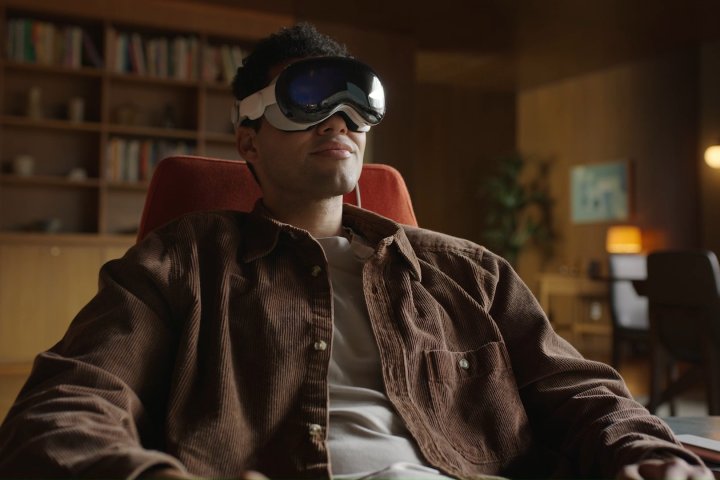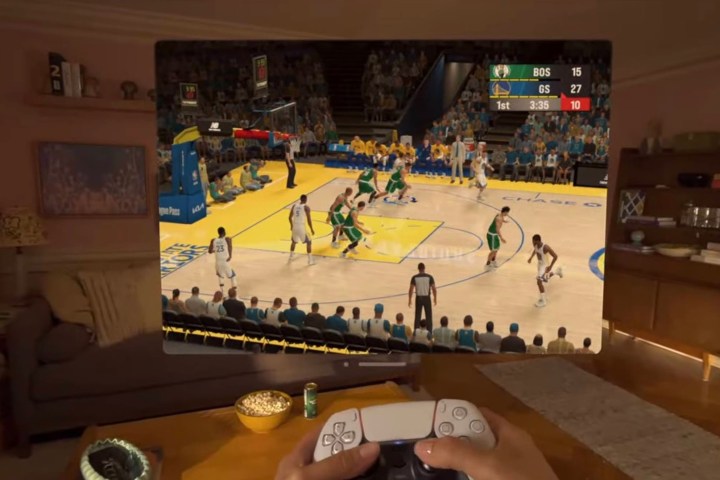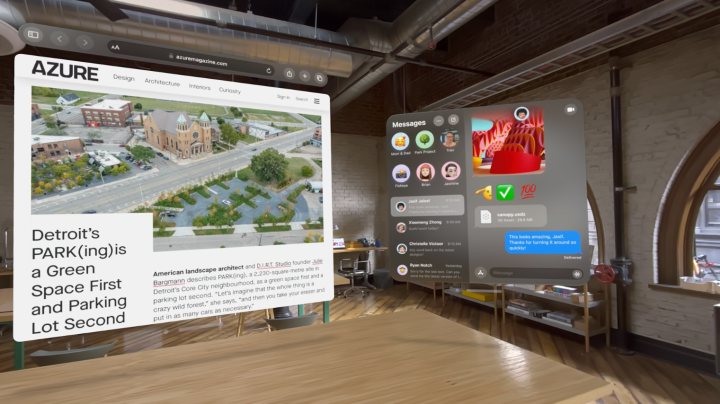For more than ten years, I have been eagerly following leaks, patents, and rumors about Apple AR glasses and VR headset, believing that Apple has the resources to bring us into the future. However, with the imminent release of Vision Pro, my excitement for Apple’s first extended reality device has waned.
Let’s not dwell on the obvious criticisms. We know that a $3,500 Vision Pro is remarkably expensive, but price may not be a concern for everyone. There have also been reports of discomfort after just a half-hour demo of the Vision Pro, which may be an issue for some people. However, as a VR enthusiast, I am accustomed to heavy headsets. I will not question Apple’s decision to include digital eyes on the front of the headset.
My disappointments with the Vision Pro are more complex. I had high expectations for what the Vision Pro would be, but as of now, it has not met those expectations.
Is it a spatial computer?
One of my issues with Apple’s first headset is the assertion that the Vision Pro is a spatial computer. The word “computer” holds significance in Apple’s world. However, the Vision Pro does not support macOS and cannot run Mac apps, making it more akin to an iPad than a traditional computer. While it offers better performance than a Meta Quest Pro and can run powerful enough iPad apps, it still falls short in handling some computing tasks that a Mac or Windows PC can easily manage.
I’ll still need a Mac to satisfy all my computing needs.
For me, a Mac is essential for connecting to other powerful tools, like my 3D printer. While there are iPad apps for 3D printing, they are not an ideal solution. Similarly, tasks such as scanning work best on a Mac, as iPad apps often deliver lower quality. Third-party developers could create full-featured apps for iPad or Vision Pro, but the latter’s limited sales volume may impede such developments. Ultimately, I will still need a Mac to fulfill all my computing needs.
The Vision Pro may replace an Apple Pro Display XDR or another large monitor for some users, but its limitations become apparent when it comes to sharing screens and covering the full color gamut required for video and film production.
Is it a VR headset?

Debates continue about whether the Vision Pro qualifies as a computer, with many considering it closer to an ultra-premium VR headset. It offers spatial features similar to the Meta Quest 3, allowing users to scan their environment and display virtual objects. The Vision Pro, like other VR headsets, provides complete immersion, but its focus on more immersive games and innovative virtual apps remains lacking.
The Vision Pro’s value as a VR headset

Considering the Vision Pro’s features and price, its value as a VR headset falls short of expectations. With a 4K display, excellent hand-tracking, and superior mixed reality capabilities, I expected content that fully utilizes these features. Immersive Fitness Plus experiences and AAA VR games should have been part of the launch, along with the potential for the Vision Pro to replace a MacBook. Unfortunately, it only partially satisfies these demands, with gaming seeming like an afterthought and the fitness potential unmentioned.
Vision Pro’s bright future

The Vision Pro, while not meeting all expectations, represents Apple’s initial foray into the VR market. Despite its current shortcomings, it would be unwise to underestimate Apple’s long-term plans based solely on this first move. Innovations in visionOS, such as using the wearer’s gaze and pinch for control, provide hope for the future iterations of the Vision Pro.
Editors’ Recommendations


